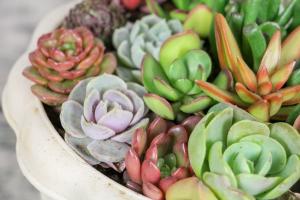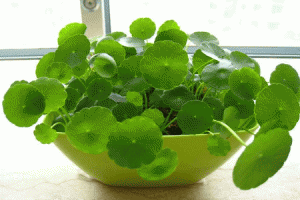How much pot will one marijuana plant produce?
Marijuana is a highly sought-after plant due to its medicinal and recreational properties. It is also a popular plant for cultivation by many enthusiasts. One of the most frequently asked questions among marijuana growers is, how much pot will one marijuana plant produce? This article aims to provide you with an idea about the yield of a marijuana plant that can be achieved in a single season.
Factors that influence the yield of a marijuana plant
Several factors can determine the yield of a marijuana plant. The type of strain, the growing method or technique, soil quality, and climatic conditions all play a significant role in the growth and development of a marijuana plant. Any change in these factors can alter the final yield of a marijuana plant.
The genetics of the marijuana plant are the single most crucial factor that determines its eventual yield. Some strains are known to produce higher yields as compared to others. The Indica strains are known to have higher yields than Sativa and Ruderalis strains. However, Sativa strains are known to have a higher THC content, making them more potent than Indica strains.
The growing method adopted for the marijuana plant also affects its yield. Skilled growers often use techniques such as topping, pruning, and SCROG (Screen of Green) to increase the yield of their plants. Topping is cutting off the tip of the plant when it is young, which results in a bushier and denser plant. Pruning involves cutting off the lower leaves of the plant, which helps to focus energy on the top buds leading to multiple fat colas. The SCROG method utilizes a screen or net to spread the plants to help the canopy get more light which can result in more potent buds.
Soil quality also plays a crucial role in the yield of a marijuana plant. Plants grown in nutrient-rich soil are known to produce higher yields. The ideal Ph for marijuana is between 6.0 – 7.0, providing the optimum conditions for absorption of nutrients. Poor soil conditions may lead to nutrient deficiencies, resulting in stunted growth and ultimately lower yields.
Temperature and humidity levels also influence the growth of a marijuana plant. The ideal temperature and humidity levels are dependent on the specific strain of marijuana plant but generally fall between 70-85°F and 40-60% relative humidity. Temperatures that are too high or too low can stunt growth, while high humidity levels can cause mold growth or bud rot.
The average yield of a marijuana plant
It is difficult to provide a definitive figure on the yield of a marijuana plant as it varies so widely based on the factors discussed earlier. Fully grown marijuana plants can produce anywhere from a few ounces to over a pound of usable buds. A general rule of thumb is that one plant can produce between 1-2 pounds of dried buds per season. The yield is also dependent on the length of the seasons, with longer seasons producing higher yields.
It is worth noting that with more experience, skilled growers can produce higher yields, often utilizing hydroponic systems, CO2 enhancement, and other techniques. Additionally, some commercial growers produce yields of up to five pounds per plant by utilizing advanced techniques alongside ideal growing conditions.
Conclusion
Overall, the yield of a marijuana plant is dependent on several factors: genetics, growing method, soil quality, and climatic conditions. While one marijuana plant can produce between 1-2 pounds of usable buds, factors such as the growing method, soil, and temperature can significantly alter this yield. With the right knowledge and experience, growers can produce bountiful yields, rivaling that of many commercial growers.

 how many times do yo...
how many times do yo... how many planted tre...
how many planted tre... how many pine trees ...
how many pine trees ... how many pecan trees...
how many pecan trees... how many plants comp...
how many plants comp... how many plants can ...
how many plants can ... how many plants and ...
how many plants and ... how many pepper plan...
how many pepper plan...
































